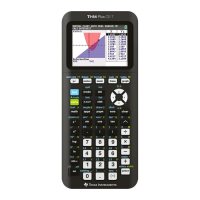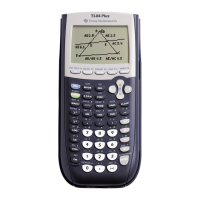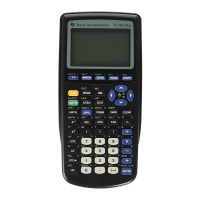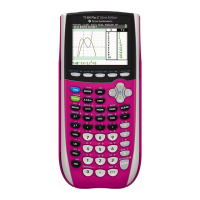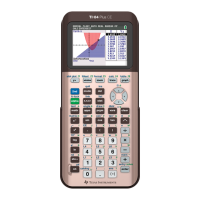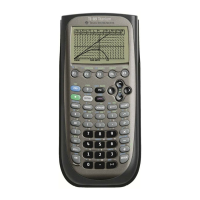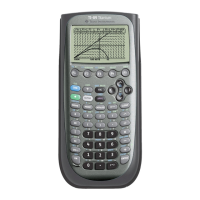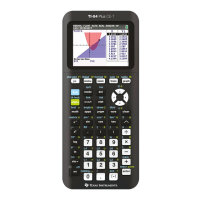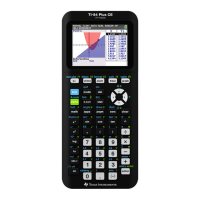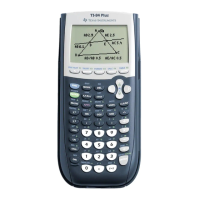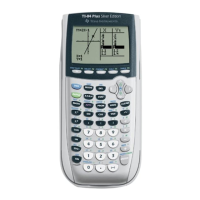Chapter 13: Memory Management
143
TI
-
89 / TI
-
92 Plus Developer Guide
Not for Distribution
Beta Version January 26, 2001
(includes files), pictures, and text variables. Only variables of the same type can
be copied to a system-protected variable.
If the variable name already exists, the lock flag is checked — a variable that is
locked or archived cannot be overwritten.
VarStore
throws an error in this case.
System variables cannot be locked and some system variables cannot be
changed by the user.
VarStore
also checks the in-use flag. Any variable being
used by an application cannot be overwritten except by that application. It cannot
be deleted, renamed, or linked either. The in-use count is verified to be 0 for
functions and programs.
If the variable is not a system variable, locked, system protected, or in use, a
value can be stored to it no matter what it contained before. However, there are
type restrictions on individual elements of lists or matrices. Usually,
VarStore
makes sure there is enough memory left to store the new contents to the variable
before deleting the current contents of the variable. When storing to an existing
variable, both graph reference flags are tested. If one or both is set, the
corresponding dirty graph and dirty table flag(s) are set to indicate the graph and
table are no longer valid.
Storing to an individual element or submatrix of a matrix or list does the same
checks as for an existing variable and updates the length. In addition, the data
type of the element needs to be correct (expression, relation, string).
13.3.2.7. System Functions
Only functions with the correct function argument can be stored in the variables
reserved as system functions. These are y1(x) – y99(x), xt1(t) – xt99(t), yt1(t) – yt99(t),
r1(
θ
) – r99(
θ
), u1(n) – u99(n), y1’(t) – y99’(t), and z1(x, y) – z99(x, y). They can
be single line or multiline functions but an error is returned if the user tries to
create any other data type with those names or if the number of arguments is
incorrect. Since they are system variables, they cannot be locked and must be in
the main folder. Empty functions are not valid and should not be added to the
symbol table. This is true for user functions also.
13.3.3. Low-Level Routines
Low-level routines allow direct access to the symbol table with little data type,
status checking, or regard to reserved names. There are general purpose utility
routines, routines to directly manipulate folders (including temporary folders) and
variables. As stated earlier, they do NOT use tokenized names but deal with
names in C string format (the pointer to the first letter in the name is passed, not
to the zero byte terminator as with tokenized names).

